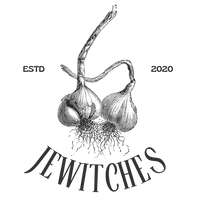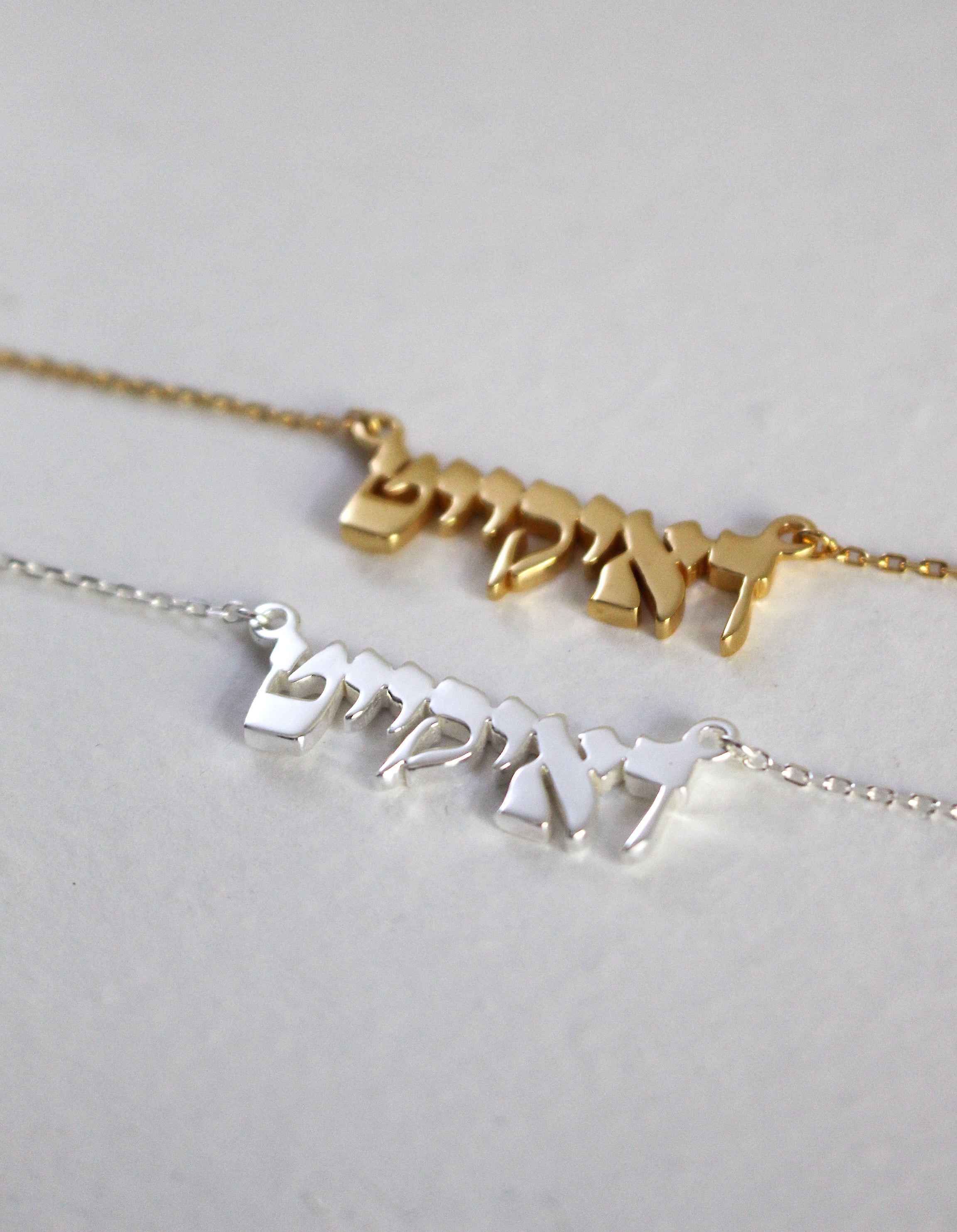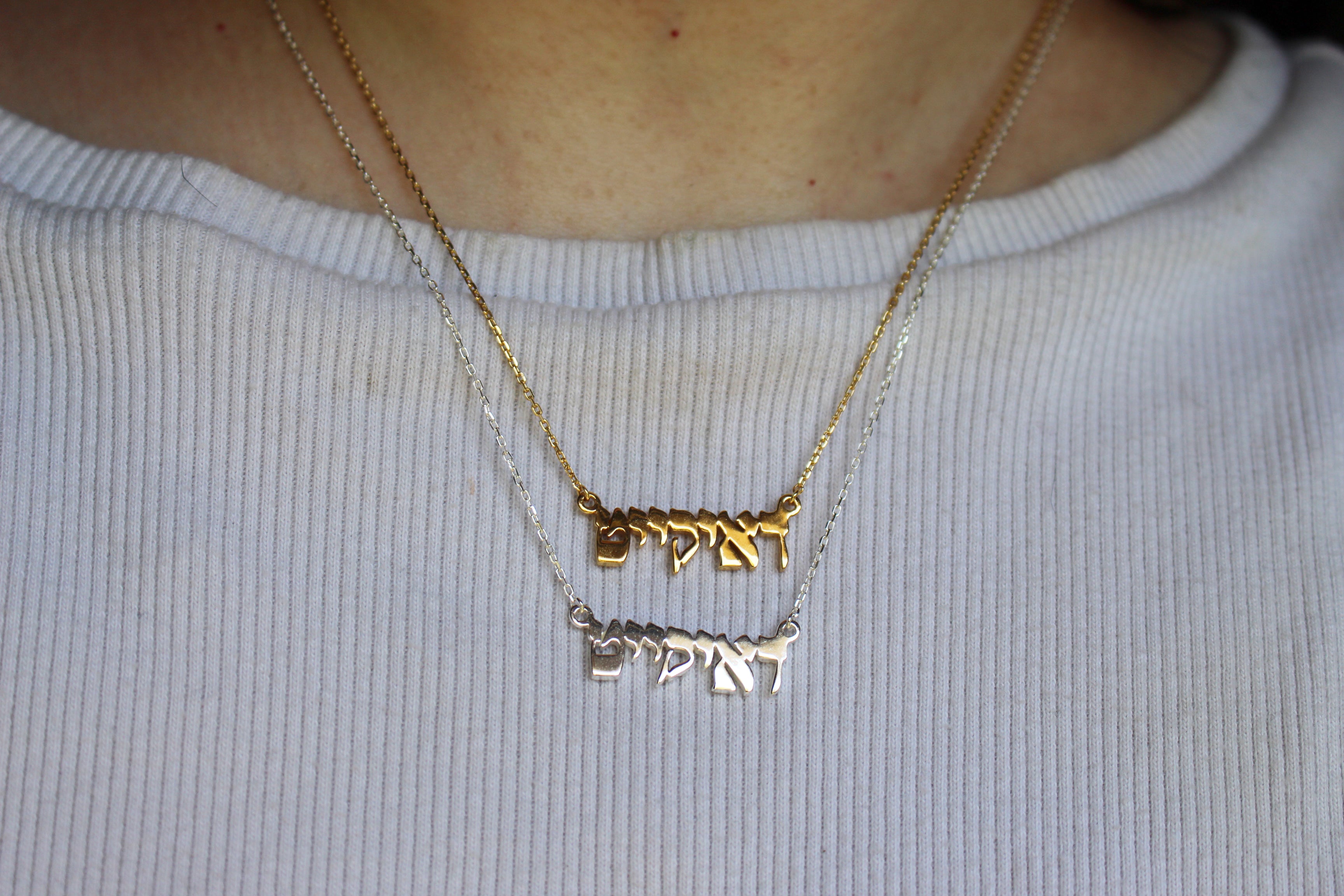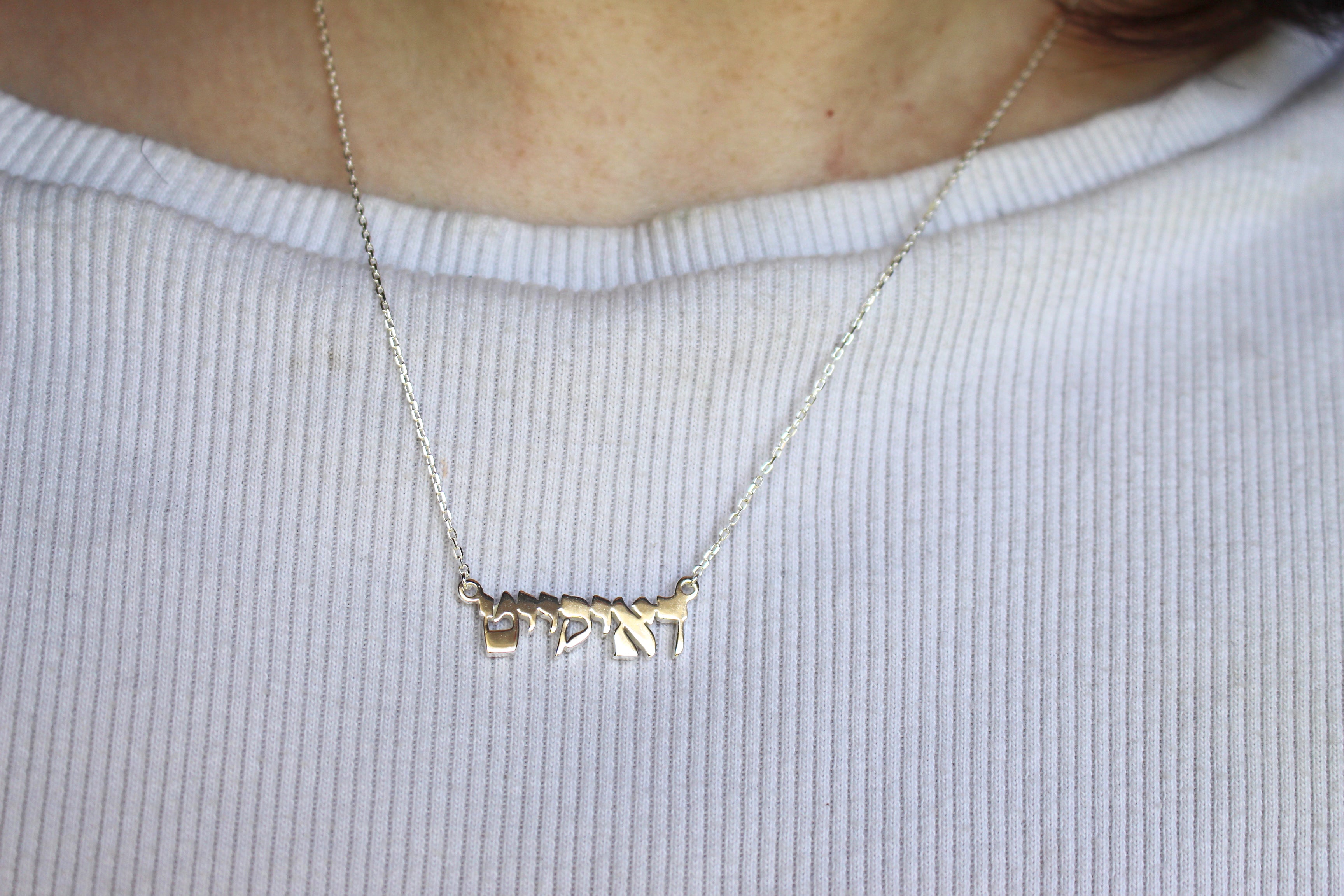I started the conversation of divination in Judaism here with my blog, "Jewish Divination: an Introductory Discussion," but chose to exclude tarot largely, as it is not a traditional Jewish method of divination. However, that doesn't mean it isn't Jewish at all.
So, IS tarot Jewish?
Simply put: no. Tarot did not originate within Judaism, and therefore we cannot say that it is, at its roots, Jewish. But, like many Jewish things, it is slightly more complicated than that.
While the origins of tarot are not Jewish, the infusion of Judaism into the decks, plus the history of Jews using them, has allowed for them to become assimilated into Jewish life. It is important to acknowledge that while we love and enjoy them, their history is not a simple one.
Myths
In fact, even Krafchow himself says, "I am convinced that tarot originated as clandestine means for captive tribes of Israel to study their sacred texts" (Krafchow 1). Yet, while he is, in his words, "convinced" of this, there is no evidence of this.
But that doesn't stop this myth from spreading. Jewish publications like Hey Alma publish articles using his unsubstantiated belief as anything more than a hypothesis. His work, as I said, included a breakdown of his perception of Jewish, and by extension Kabbalistic, imagery in the tarot, but featured no evidence that Jews created it.
This is not the only myth. In the 18th century, Court de Gébelin, a French occultist, claimed that tarot cards were brought to Europe from Egypt, carried by Rromani immigrants. This is due to the incorrect belief that Rromani people are of Egyptian heritage, though we know they are not (9).
Perhaps inspired by him, French occultist Etteila claimed that the cards were the pages of the Egyptian Book of Thoth, "devised by a committee of seventeen magi, presided over by Hermes Trismegistus in the 171st year after the Flood" (8).
This obsession with Egypt was somewhat overshadowed and confused by one other thought: the Cabalistic origins of Tarot.
Court de Gébelin, while still dedicated to this Egypt theory, also confusingly claimed that the Major Arcana were created in correspondence to the 22 letters in the Hebrew alphabet...and the Egyptian, though there was no Egyptian alphabet, highlighting the absurdity of this theory. At the time he made such claim, tarot decks were not standardized. The order of the cards and the number of the cards varied by region and creator. In 1781, Gébelin reformulated the Marseilles deck to prove his beliefs in regards to their origin and Cabalistic nature (11).
However, Christian Cabala would not have been made public via Giovanni Della Pico De Mirandola until well after the creation of the first tarot deck; Meaning Kabbalah could have had no part in its creation, particularly the twenty-two major arcana, as claimed by Gébelin. With Cabala now made consumable for Christians, they ran amok, much to Jews of the times confusion.
Do not be fooled into thinking that these occultists were merely a product of their time, researching everything they had access to. In reality, these occultists researched only what interested them and proved their own points, never looking further out into the world "because they never concerned themselves to discover anything about Tarot outside of France" (8).
Many of these occultists also believed that the name Tarot came from the goddess Ashtharoth (commonly known now as Ashtarte/Astarte), however, the etymological pathway is clear from "the French word Tarau, which comes from the Italian Tarocco". The Italian word did not come into use until the sixteenth century, being referred to as carte da trionfi (cards with triumph) until that point (10).
Despite the deeply shaky ground on which these kabbalistic correspondences had been formed, these pathways were connected.
It is from this idea that the beliefs regarding the Jewish origins of Tarot are propagated. The problem is that while we obviously see the lack of Jewish origins in the original tarot, the deck Krafchow is referencing was created in 1909 by non-Jews for non-Jews who simply took from Judaism to create it.
The Fetishization of the Hermetic Order of the Golden Dawn
While there are many variations of the tarot, the most commercially popular is that of the Rider-Waite-Smith. Brought to life by artist Pamela Colman Smith, the tarot deck is the basis for most modern decks. It was published in 1909.
Smith created these incredible artworks under instruction from A.E. Waite, who she met through the Hermetic order that they were both members of. Involved in a secret society, they were inspired by occultists that came before them, and like them, they were obsessed with Jewish mysticism. Just as their predecessors had, they were unable to attain much actual Jewish mysticism. Instead, they used Cabala, a Christianized version created with the sole intent of converting Jews to Christianity.
As Smith and Waite created these images with them in mind, Jewish imagery is found throughout the 78 cards.
A. E. Waite would go on to write "The Holy Kabbalah," a massive tome filled with Christianized perspectives on Kabbalah that he learned (big shock) from other non-Jews who did the same. This was not the only book Waite would write on Kabbalah.

Gershom Scholem, an incredibly influential Jewish scholar and author, was surprised and pleased by the diligence of Waite's research but found critical errors in his research methodologies. Even more critical were the foundational mistakes in his baselines beliefs, "even though Waite’s sense of historical criticism may have been superior to that of other contemporary esoteric writers on Kabbalah, it still remained extremely inadequate. He simply lacked the proper instruments needed for the task of really understanding Jewish Kabbalah." (2) Scholem continued,
"Waite appeared to be ignorant of almost all the modern literature on Kabbalah, so that what he wrote about its origins, development, and decline was ‘for 80% wholly without foundation’....although Waite claimed to have searched hard for manuscripts, he was blissfully unaware of the relevant holdings even in the British Museum, not to mention manuscripts in Oxford, Munich, and so on. Scholem’s conclusions were therefore unavoidable: ‘it is only with sincere regret about the fatal disproportion between [Waite’s] great labors and the depth of understanding that was possible for him, on the one hand, and [his] so sadly deficient knowledge of original sources and a useful historical-critical foundation, on the other hand, that one will have to put this book aside’" (2).
This is evidenced by his simple lack of understanding of the texts he would be required to study, "To judge texts one must have an intimate knowledge of the original sources. That Mr. Waite lacks this knowledge strikes the reader at once when he observes that when the author wished to give reference for the elementary fact that Talmudic literature is divisible into Halakhah and Haggadah, he quotes an unscientific source as Edersheim" (4).
He further entirely misunderstands how Kabbalah functioned in Jewish spaces, particularly in Hasidic communities, "if he knew Hasidism, he would have never stated, as he does on page 84....it is precisely the side of which we see no effect whatsoever in Jewry" (4).
Here we see Waite fully pretend that Kabbalah, Jewish mysticism, has no impact on Jewry. This may be, at least in part, explained by Waite's introduction to Kabbalah.
One huge inspiration to Waite (at least in the beginning) was Éliphas Lévi, a Frenchman whose born name was Alphonse Louis Constant. He changed it in order to sound more Hebrew in order to have more authority on the topic of Kabbalah, despite not being well studied on the subject. This is no surprise as he began his foray into the world of religion as a Catholic priest.
However, Waite differentiated in belief from Levi, who believed in "the occultist doctrine of a universal Kabbalah" (2) in the sense that he could differentiate between Cabalah, Kabbalah, and occult Qabbalah, nonetheless, he fell short.
This is important in regards to noting how Tarot was influenced by Judaism, specifically Kabbalah. Despite the glaring issues with Waite's knowledge and understanding of Kabbalah, the imagery that leads people to see Tarot as Jewish remains within the cards...While there are many subtle nods to Kabbalah throughout the decks, the cards with the most outwardly obvious Jewish imagery in the RWS are the following:
The High Priestess
The High Priestess, who in previous decks would have been the papess, features Jewish imagery such as a "Tora" scroll across her lap, pomegranates floating behind her, the two pillars within the Temple of Solomon (Boaz and Jachin), and the veil covering her is the Parochet, the veil in the temple.
The Wheel of Fortune
With perhaps the most obvious Jewish imagery, the Wheel of Fortune features the Hebrew letters yud-hay-vav-hay (YHVH), which spells out the sacred name of G-d. Jews oftentimes experience deep anger here, as the name of G-d is never to be written out as it is sacred. It is not meant to be written where it can be destroyed or erased (3). The English letters spell out "Tora," beckoning back to the Torah scroll held by the High Priestess, or alternatively, "Taro".

The Devil
The Devil uses subtle imagery of Judaism in the hand of the devil. Known as the Birkat Kohanim, the upright hand with fingers separated at the ring and the middle finger is part of the priestly blessing performed in Judaism. According to Chabad,
"The fingers are positioned in a manner which leaves five "windows" through which G‑d's blessings flow to the congregation. The general idea is to separate each hand into three "sections"—leaving spaces on each hand between the thumb and index finger, and between the middle and ring finger. The fifth space is completed by the way the two thumbs are configured together. There are different traditions regarding this configuration—Kohanim should consult with their father or rabbi to determine their family/community tradition in this matter" (8)
Biddy Tarot, a popular website for learning to read tarot, states, "He raises his right hand in the Vulcan Salute – a Jewish blessing, later made famous by the film series, Star Trek. In his left hand, he holds a lit torch." (7)
Some have argued that this is actually meant to be Baphomet; it is inconsistent in his hand gesture, as Baphomet customarily is depicted with "two fingers on the right-hand point up and two on the left-hand point down, meaning "as above, so below" (5)
The 10 of Pentacles
The ten of pentacles features the 10 coins in the pattern of the Kabbalistic Tree of Life.

The Lovers
While also part of Christian theology, the imagery on the Lovers features the scene in Gan Eden (the Garden of Eden) between Adam and Chava (Adam and Eve).
These are very baseline interpretations made obvious with a first glance at the traditional RWS deck. These are by no means the only imagery or the only cards featuring Jewish imagery.
Jewish Interpretation of the Kabbalah of Tarot
Despite the fact that these images were not created by Jews, with Jews in mind, and Jewish scholars often disregarded the Kabbalistic works of their creators, that doesn't preclude Jews from enjoying, studying, and using these decks.
Books like Tarot and the Gates of Light: A Kabbalistic Path to Liberation provide in-depth reviews and discussions of the many Jewish ways one can interpret the, albeit flawed, Jewish Kabbalah that is inextricably linked to the most popular forms of tarot.
Many Jews find new and distinctly Jewish ways of interpreting what exists in the cards, even if those cards were not made with Judaism in mind.
On a personal note, I have absolutely no issue with doing so, and often find Judaism in non-Jewish places (like finding a Jewish value written unintentionally into a non-Jewish book, etc), but I also believe that there is value in acknowledging the difference between what is made to be Jewish and what we find Judaism in.
The Marseilles Deck
While I have mostly written about the RWS deck, the Marseilles Deck came first, though its name, as the Tarot Du Marseilles, was only coined in the late 1800s (6). Torah Tarot, which offers a 110-page booklet on the topic, explores their interpretation of Jewish imagery in the Marseilles deck, along with cards.
The Marseilles Deck served, of course, as inspiration to both A.E. Waite and Court de Gébelin, as well as other occultists like Levi, Ettellia, and more.
Jewish Decks
There is a massive market of decks...From Avatar the Last Airbender themes to cat tarot, there is a huge market for most niches. However, there are only a few seemingly authentically Jewish decks on the market. Authentic meaning Jewish made with Jewish-specific imagery. There are many Jewish artists and creators putting their decks out there.
Regarding Rromani Culture
It is, of course, important to note that Rromani culture is also linked directly to Tarot. Despite Court de Gébelin being incorrect in his belief that Rroma came to Europe through Egypt, there is a deep history between Rromani people and cartomancy, especially tarot. Éliphas Lévi was also dedicated to his belief that Tarot came to Europe through Rromani migrants, however, he believed that "the Tarot was of Jewish origin, but disclosed to the [Roma] by some imprudent Cabalist"***(9). These forged connections, combined with exoticization, orientalism, and anti-Rromani racism, lead to the history we know today.
Not only were Rroma, particularly women, forced to take up cartomancy as a means of making money when barred from other job markets, but it was also through their use of the cards as a means of divination that we have modern systems of tarot today. There is absolutely no doubt that we, as modern users of tarot, owe a debt of gratitude and respect to Rromani practitioners. It is vital that we acknowledge and pay our respects.
However, even more vital is making sure that our spaces are free of anti-Rromani racism, which is so often brought up in conversations regarding tarot. People using and profiting from a system that Rromani readers largely popularized utilize anti-Rromani slurs, rhetoric, and thinking in order to devalue, delegitimize, and stigmatize Rromani readers and the community in general.
Red flags to keep an eye out for in regards to anti-Rromani racism and tarot:

-
Decks or readers that use slurs against Rroma (the G slur in particular)
-
Readers dressing up in caricatures of Rromani women (wearing traditional clothing styles, using "fortune teller" costumes as shown to the right, etc.)
-
People who deny the history of Rroma and tarot
-
Non-Rroma claiming to use closed Rroma spreads & tarot practice
Special thank you to Cristina for their input in regards to the intertwined history regarding Rroma & tarot, as well as suggestions for how to look out for anti-Rromani racism in tarot.
Sources:
-
Kabbalistic Tarot: Hebraic Wisdom in the Major and Minor Arcana
-
Mysteries of Sex in the House of the Hidden Light: Arthur Edward Waite and the Kabbalah Wouter J. Hanegraaff
-
https://www.chabad.org/library/article_cdo/aid/166899/jewish/Why-Dont-You-Spell-Out-G-ds-Name.htm
-
Freehof, Solomon B. “Jewish Mystic Lore.” <i>The Journal of Religion</i>, vol. 10, no. 2, 1930, pp. 269–270. <i>JSTOR</i>, www.jstor.org/stable/1195966. Accessed 19 Aug. 2021.
-
https://www.bbc.com/news/magazine-33682878
-
Thierry Depaulis, The Tarot de Marseille – Facts and Fallacies Part I
-
https://www.biddytarot.com/tarot-card-meanings/major-arcana/devil/
-
https://www.chabad.org/library/article_cdo/aid/894583/jewish/The-Priestly-Blessing.htm
-
A Wicked Pack of Cards: Origins of the Occult Tarot. Michael Dummett, Ronald Decker, and Thierry Depaulis
-
Husband, Timothy. The World in Play: Luxury Cards 1430-1540. United Kingdom, Metropolitan Museum of Art, 2015.
***This quote has been revised to remove a slur.






